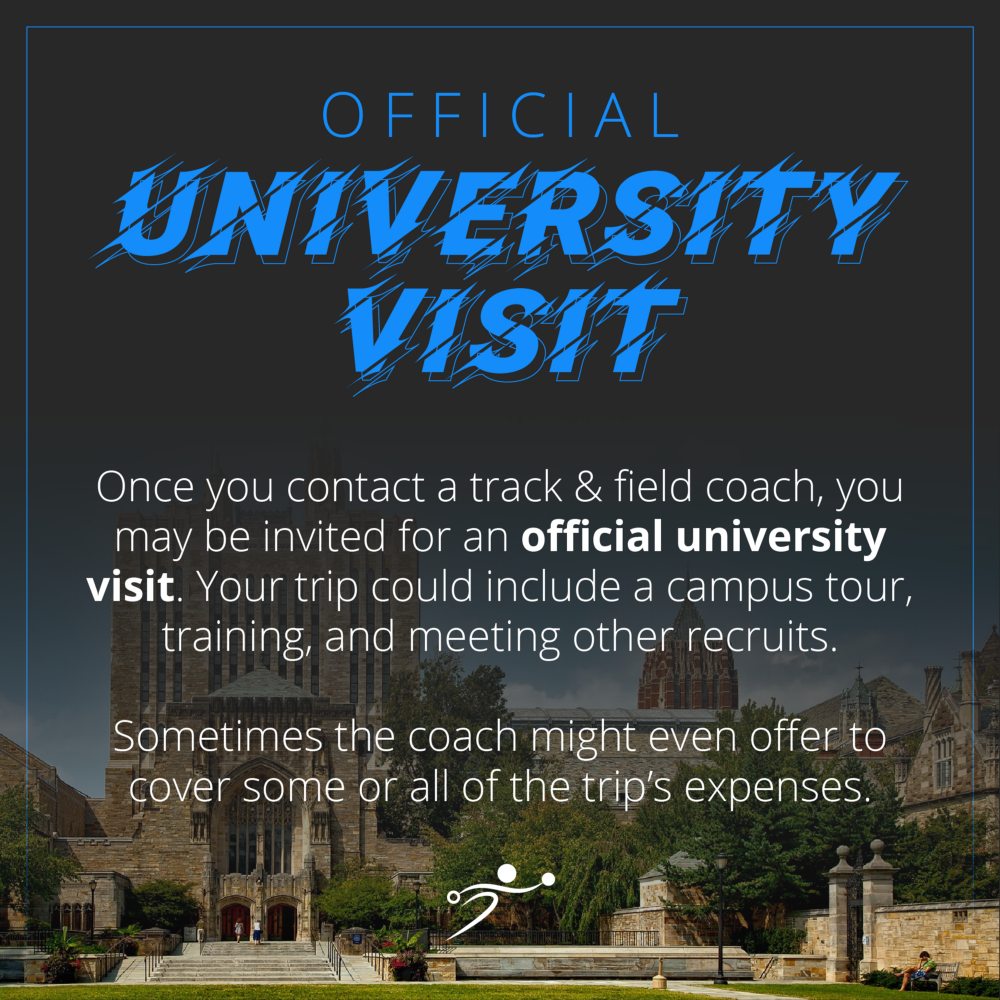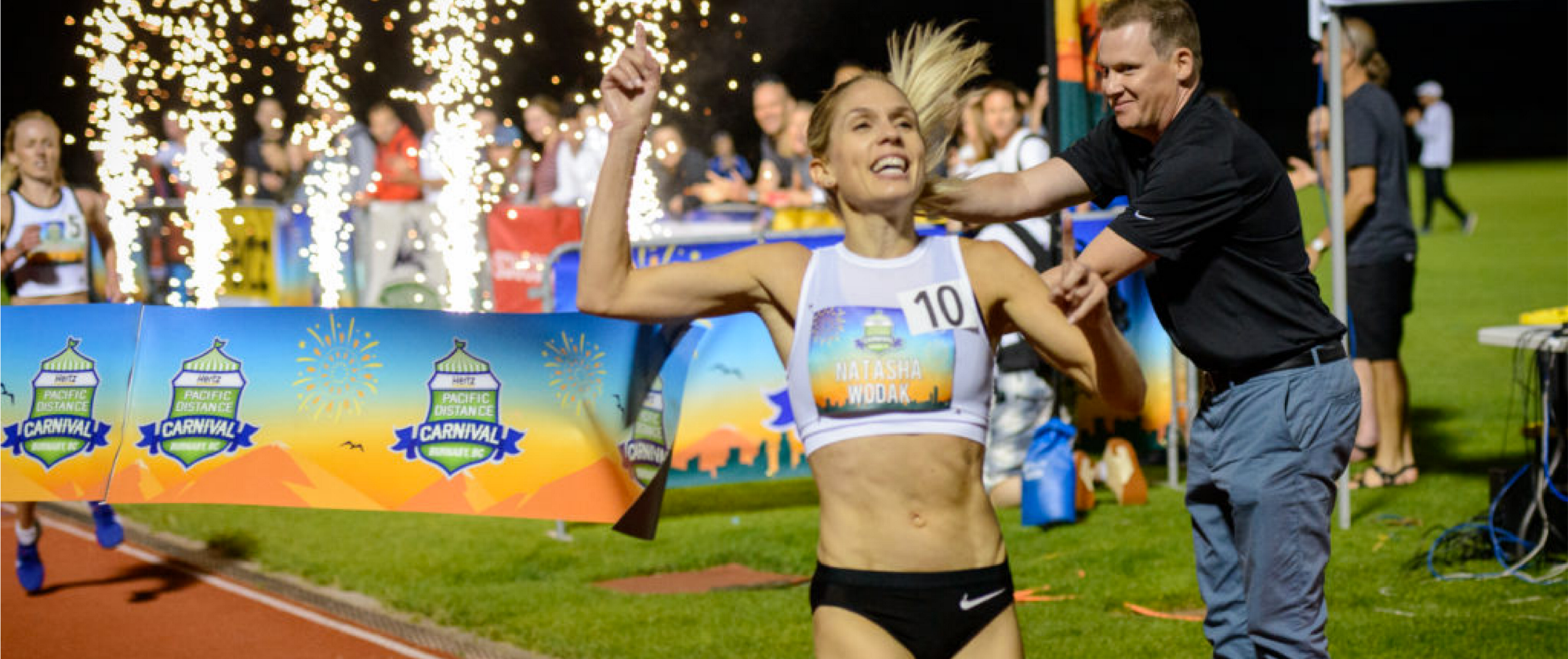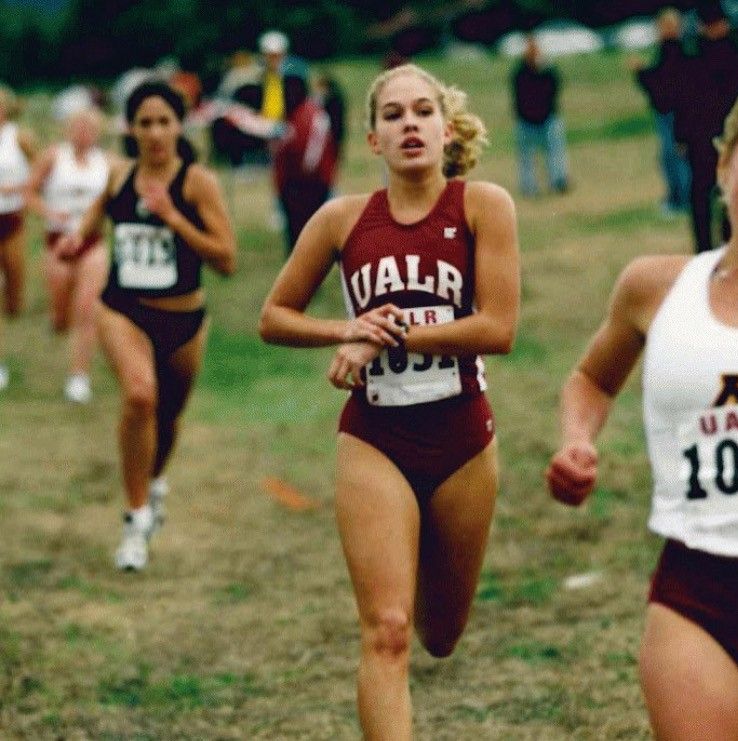Natasha Wodak: The second school’s the charm
How Canada’s 10,000m record holder navigated recruitment, hardships, and changes throughout her university track and field experience.
For most young people, selecting a university is one of the most important and confusing decisions made thus far in life. This process is magnified for student-athletes because of the added importance of finding a school and athletic program that matches their needs, oftentimes while navigating the possibility of a scholarship. I know it was this way for me, I know it was similar for student-athletes before me, and I know that it remains a scary, exciting, and altogether overwhelming choice for soon-to-be high school graduates all over North America. With so many avenues to choose from and factors to consider, no two student-athletes will have the same experience, and what determines a right or wrong decision is 100% personal.
Natasha Wodak, Canadian Olympian and national 10,000m record holder (31:41.59), had a roller coaster ride between high school track and her professional career. Streamline Athletes sat down with her to learn the ins and outs of her university recruitment and her collegiate experience.
NCAA goals
During Wodak’s high school years, she split her time between soccer and running. With greater success on the track, she set her sights on competing in the NCAA. In Grade 12, she suffered from a rough bout of mononucleosis (more commonly referred to as mono) that had her feeling like her options were limited. Wodak was active in getting recruited, sending out letters to universities she thought might offer her a scholarship, but says she didn’t have education in mind when she was in the market for a school.
“I wanted to go to the States because of the money. All I wanted to know was, where was the full ride?” said Natasha, 37, when asked about her motivation to go to school south of the border.
Money and the perceived glory of the NCAA were top of mind for the distance runner as she contemplated where to move for a four-year degree.
Advice: “Really do your research,” Wodak pleads with current recruitable athletes. “Don’t get caught up in the money they’re giving you. If you have to spend a little bit more to go where your gut is taking you, do it!”
Taking visits
Wodak didn’t consider going to a local university in her home province of British Columbia. She took advantage of her connections by taking official visits, two were most notable, that helped her come to a university decision.
Visiting the University of Maryland during the fall of her grade 12 year answered a few questions about going away to school that Natasha didn’t consider asking in the first place.
“Maryland was too cold,” Wodak said with a laugh, “I knew right away that I didn’t want to train there.”
Another school visit took to her the University of Arkansas-Little Rock (UA Little Rock), a better temperature fit and a school that already had a Canadian contingent. Wodak knew that other Canadians were going to the school in her recruiting year and a friend that was currently attending UA Little Rock helped to set up the visit.
Between the familiarity that she had with future teammates and a good connection with the coach, Wodak committed to UA Little Rock. Finally settling on a school was a relief and the now North Vancouver resident moved to the southern US in the fall of ’99 to begin her studies.
Advice: Take your official visits, Natasha suggests, but come prepared. It’s the best way to get to know the team and to understand what it will truly be like, especially if you’ve put thought into what you might like to study.\
Find everything you need to know about university visits here 👇

Expectations and realities
With the cross-country season upon her, Wodak was faced with an entirely new reality. Recall that she was a multi-sport athlete prior to university; focusing 100% of her athletic energy into running was a huge change.
“I was so naive,” recalls Natasha, “I really had no idea what I was getting myself into.”
Between the culture shock of moving to a new part of North America (20 years ago, it’s important to note), living on her own for the first time, and running more mileage than she could handle, Wodak was in over her head.
She was very clear that the team atmosphere and coaching was not the problem. She had friends and other people seemed to handle the increase in mileage just fine. Ultimately, Natasha knows she was homesick.
Wodak said, “I’m so close to my community at home, so I had a really hard time learning to cope without them. I gained weight. Cooking and doing things on my own in addition to the mileage and the culture…” She trailed off.
Advice: If you’re a homebody, Wodak cautions not to assume you’ll suddenly love the distance.
“Go wherever works for you. A support system is so important [to me] and I underestimated how much I would miss that system.”
After her first year, Wodak contemplated not going back to school, but summer at home and a new living situation at school pushed her to return. She moved into a townhouse with a Canadian roommate and thought that things would get better, but the return to high mileage XC training sidled her with a stress fracture.
“It was a combination of things,” said Natasha, when asked about the hardest part of this experience, “I didn’t expect the training to be so overwhelming. On paper, it seemed so doable, but nobody explained how much it would really take. I was thrown into it and I got injured, ultimately, that kind of training just didn’t work for me.”

Finances
Wodak received a full-ride to UA Little Rock. In the NCAA, that means her tuition, books, and school-related fees were covered, in addition to her rent and a stipend for food. Wodak was clear that the financial opportunity was a huge part of the decision but, looking back, she didn’t consider the whole picture.
When flight costs to travel to and from home for the holidays are factored in, plus the added personal cost of being far away from loved ones, Wodak reflected that it doesn’t feel like such a full-ride after all.
It’s also important to consider the cost of living in the cities you are contemplating moving to. Going from the Southwestern corner of Canada to the Southern United States meant that this wasn’t an issue for Wodak, but somebody from a more affordable area looking to move to Vancouver or New York will need to factor this in.
Education
While Wodak was navigating the newness of her life at school and the obstacles she was facing, she was also coming to a realization about her studies. The athletic expectations were high and the level of education was low in comparison. Natasha didn’t feel passionate about what she was studying and realized her mistake in not including educational research into her university decision.
“I didn’t look into the school itself,” said Wodak, “I didn’t ask myself, would the education meet my needs?”
Looking back, she feels like this should have been the priority during her recruitment journey.

Coming home
Wodak came home for Christmas in her second year feeling defeated. She realized how unhappy she was and made the decision to move home for good. She returned to UA Little Rock to have this conversation with her university track coach.
“He was very understanding, he probably knew it was coming,” said Wodak about her coach. “He was a good guy and wanted me to be happy.”
It was clear to them both that the situation didn’t work out for Natasha, and there isn’t just one thing or person to blame for it. Moving back home to Canada to take a break and regroup was the right decision for her.
Wodak took a few months to recuperate. Throughout that spring, she made the decision to go back to school at Simon Fraser University (SFU) because she wanted the education, while her athletic career took a back seat.
She spoke with Head Coach Brit Townsend in the summer and walked on to the team in the fall of ‘01.
“I liked Brit Townsend, I liked her group, and I wanted to have a female coach,” said Wodak of her decision to run again while at school.
Natasha ran for SFU for the duration of her eligibility and says she really enjoyed the experience, eventually earning a scholarship and finding success at the NAIA level*. She found it heartening to win team titles and preferred being a bigger fish in a smaller pond when compared to the NCAA’s Division I.
*Note: SFU transitioned from the NAIA to the NCAA, Division II between 2009 and 2012.
After graduation
Once she finished competing for SFU, Wodak took a break from competition altogether to finish her degree, though she continued to train for herself. She graduated and stayed away from competition for about three years before her return.
“The time away [from competition] was nice, at first, but then you miss competing and you miss being really fit,” said Wodak. “I felt like I never saw my full potential or used my talents properly.”
Living in Port Moody at the time, Natasha went back to train seriously with the group at SFU in 2009, and her journey to the Canadian Olympic team really began.
More about Natasha Wodak
Natasha Wodak has since represented Team Canada 16 different times between the Francophone Games (2013), her two Chiba Eikiden Relay performances, NACAC XC and World XC Championships (three times each), World Track and Field Championships (2017), Commonwealth (2018), Olympic (2016), and Pan American (2015, 2019) Games performances. She’s training hard and loving moderation under her current coach, former Canadian Olympian and former 1500m record-holder Lynn Kanuka (edged out after 34 years by 0.01 seconds on July 20 by Gabriela DeBues-Stafford), looking towards Tokyo 2020. Her most recent Pan American Games debut in Lima, Peru on August 6 earned her the 10,000m gold medal for Team Canada in a time of 31:55.17.

Connect with me through email to share your story or to get answers to your recruiting questions.
Processing your application
There was an error sending the email, please try again

